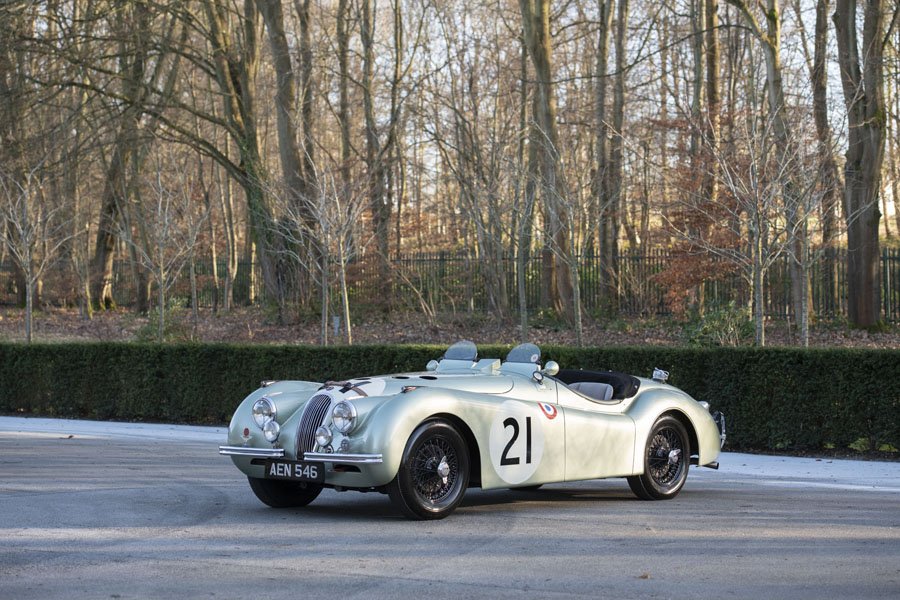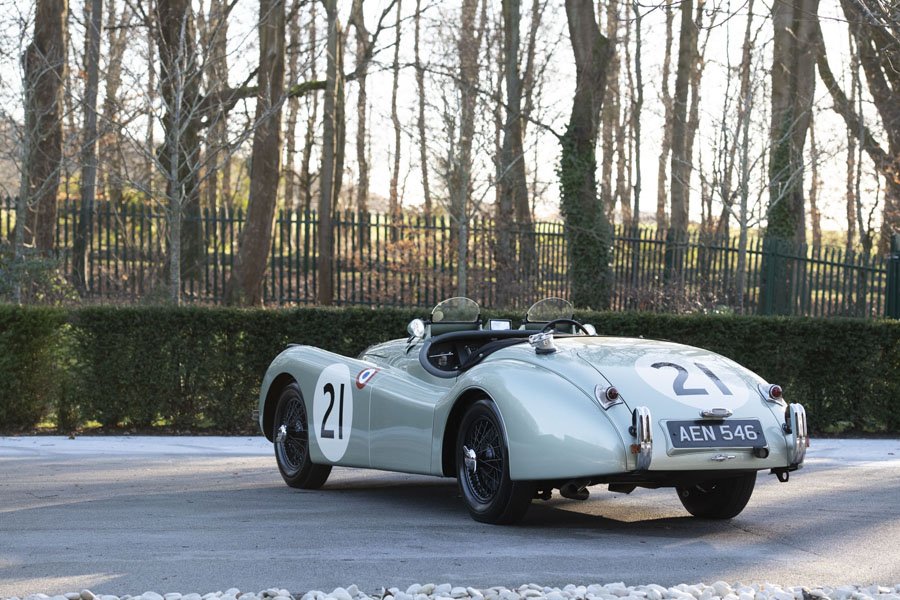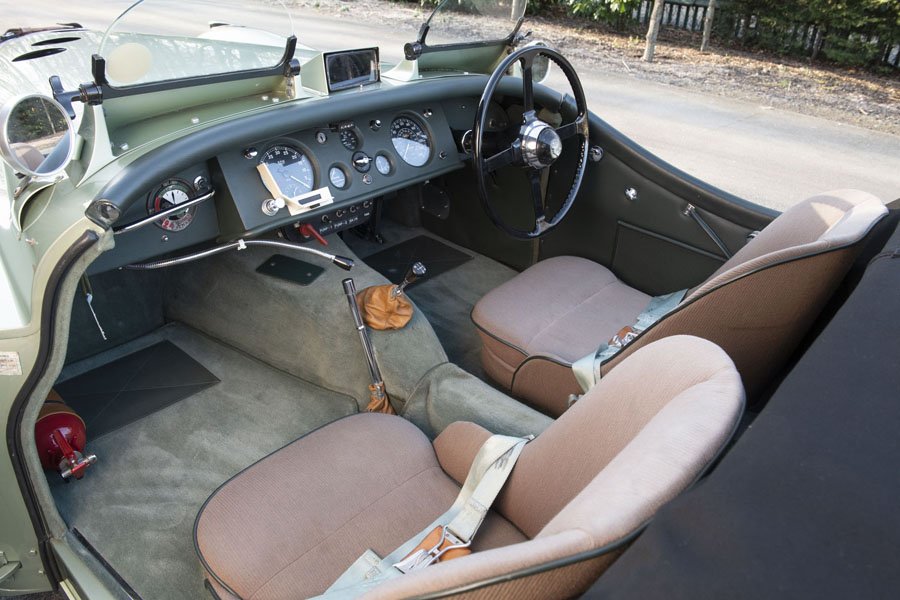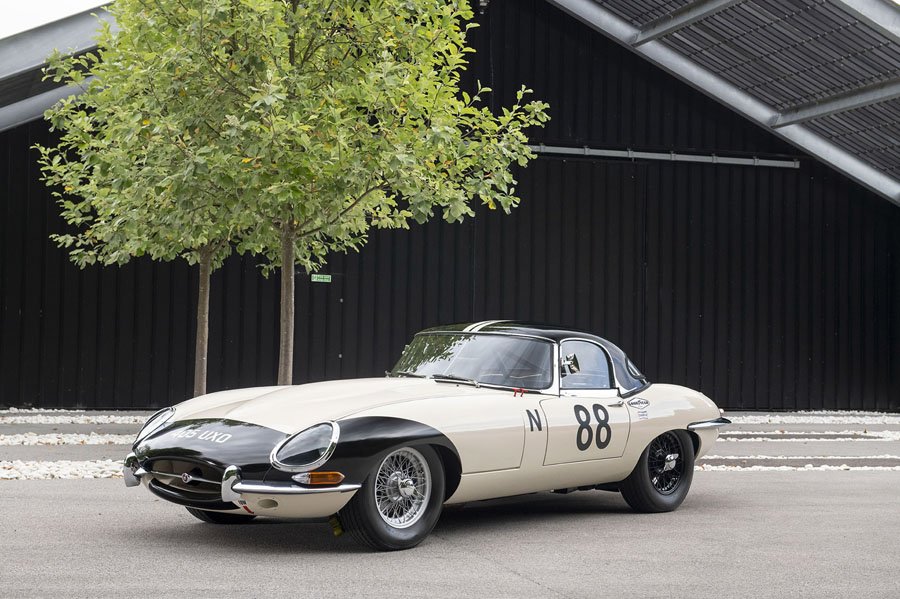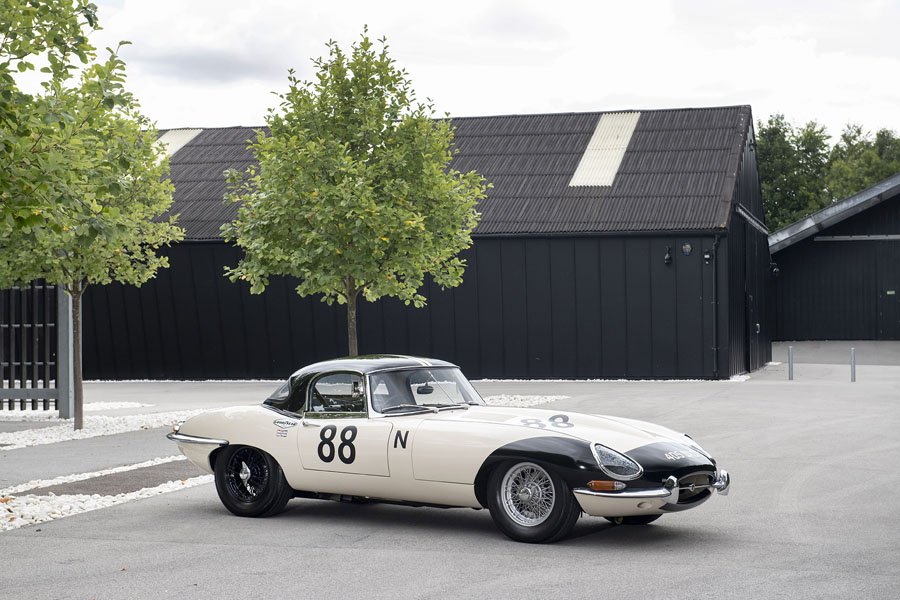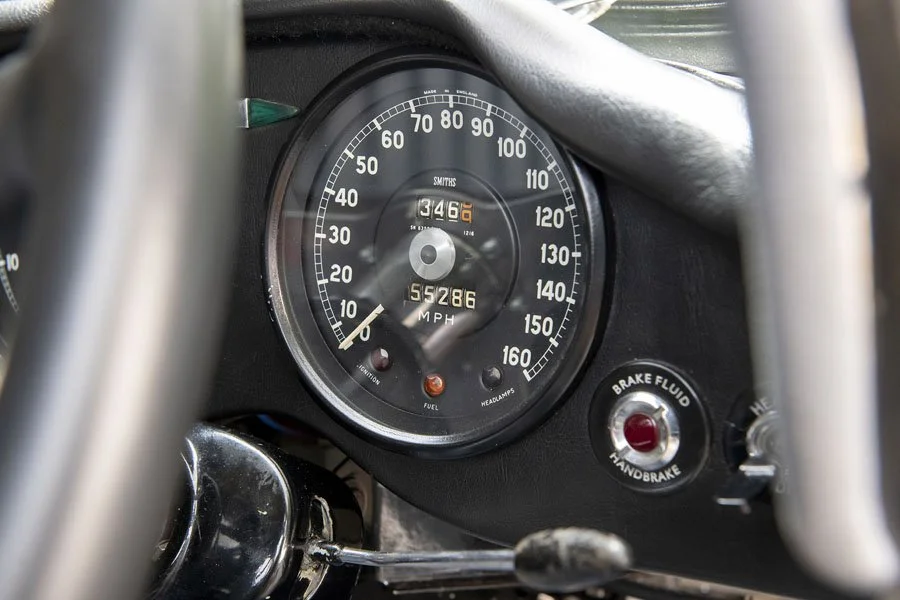One to Buy: ex-Sammy Weiss 1957 Jaguar XKSS
/ Ben Tyer
Following Jaguar’s decision to end its works competition programme with the Le Mans-winning D-type, a plan was devised to use up 25 leftover tubs and turn them into the ultimate road cars of their day.
The resultant XKSS was essentially a D-type with a full-width windscreen, a folding canvas roof, proper opening doors, a set of chrome bumpers and a rear-mounted luggage rack. Other modifications included an open cockpit with no central divider between the seats, a full complement of lights and more comfortable interior fixtures and fittings.

Under the hood was a 262bhp verison of Jaguar’s legendary 3.5-litre dual overhead camshaft straight six hooked up to a four-speed manual gearbox. Weighing in at 920kg, the XKSS was one of the fastest road cars on the market with a top speed of 148mph and 0-62mph time of just 5.3 seconds.
Unfortunately, a fire at Jaguar’s Brown Lane factory in Coventry on February 12th 1957 resulted in the destruction of five D-types destined for conversion and Jaguar subsequently discontinued production after just 16 examples of the XKSS had been completed.

One of these 16 will be going under the hammer at RM Sotheby’s Monterey sale on August 19th.
Chassis XKSS 707 was converted from D-type XKD 564. Originally configured in Cream over Red upholstery, it was ordered by well-known US racer, Lou Brero Sr., who tragically lost his life racing a Maserati on April 25th 1957 in an accident at Dillingham Field in Hawaii.

As a consequence, XKSS 707 was instead sold to sports car dealer Sammy Weiss of Oxford Motors in Sacramento who retained it until 1960. At this point it was sold to Sidney Colberg of San Francisco who kept XKSS 707 until 1973. It then returned to the UK and joined the collection of Anthony Bamford.
Today XKSS 707 is offered in superb condition and represents a rare opportunity to acquire arguably the ultimate 1950s super sports car.




























































































































































































































